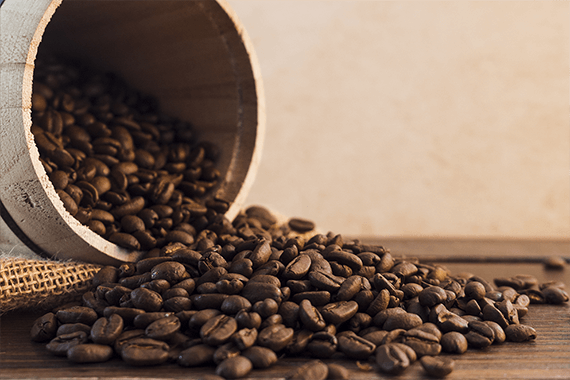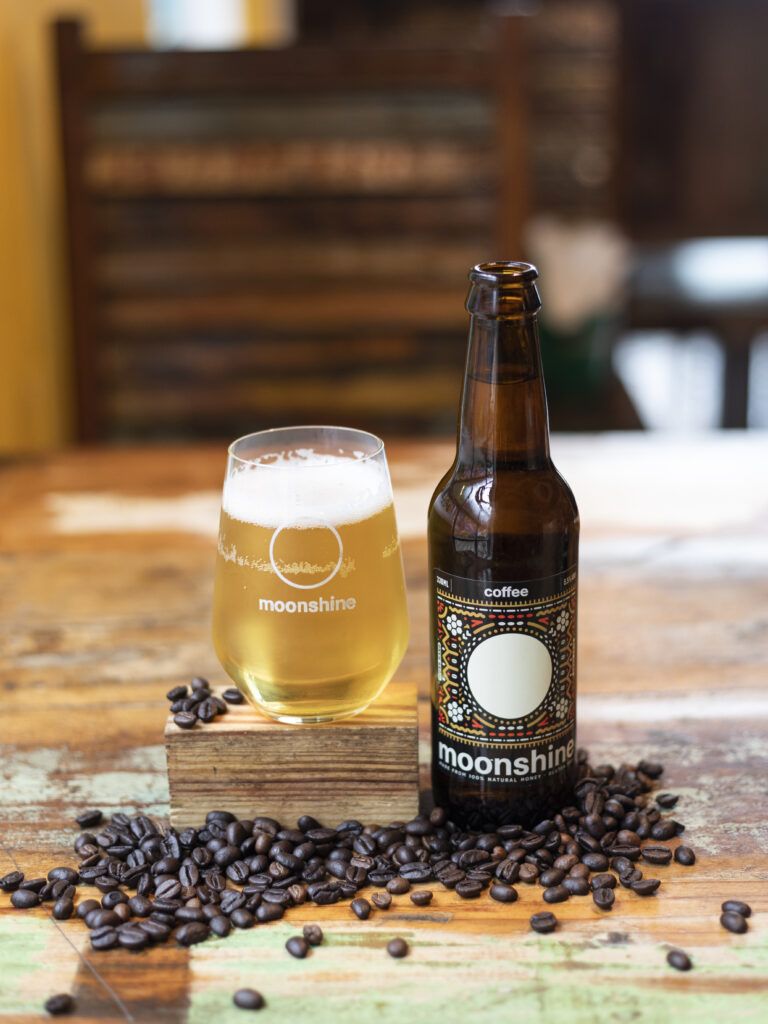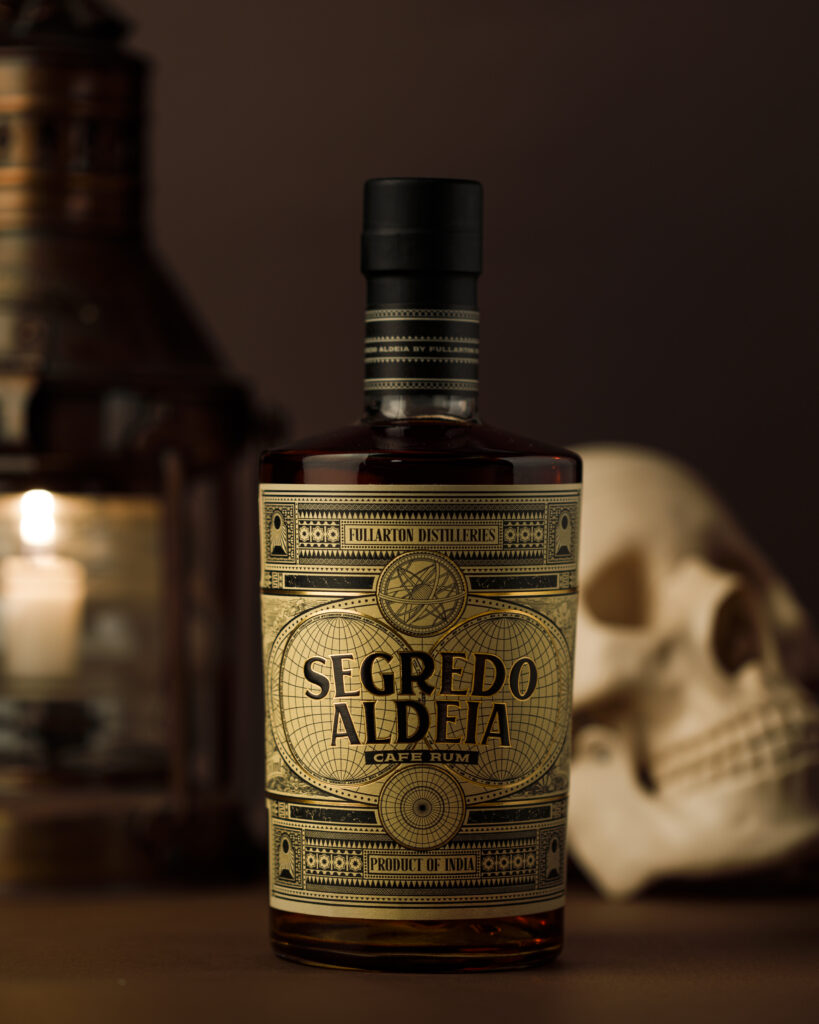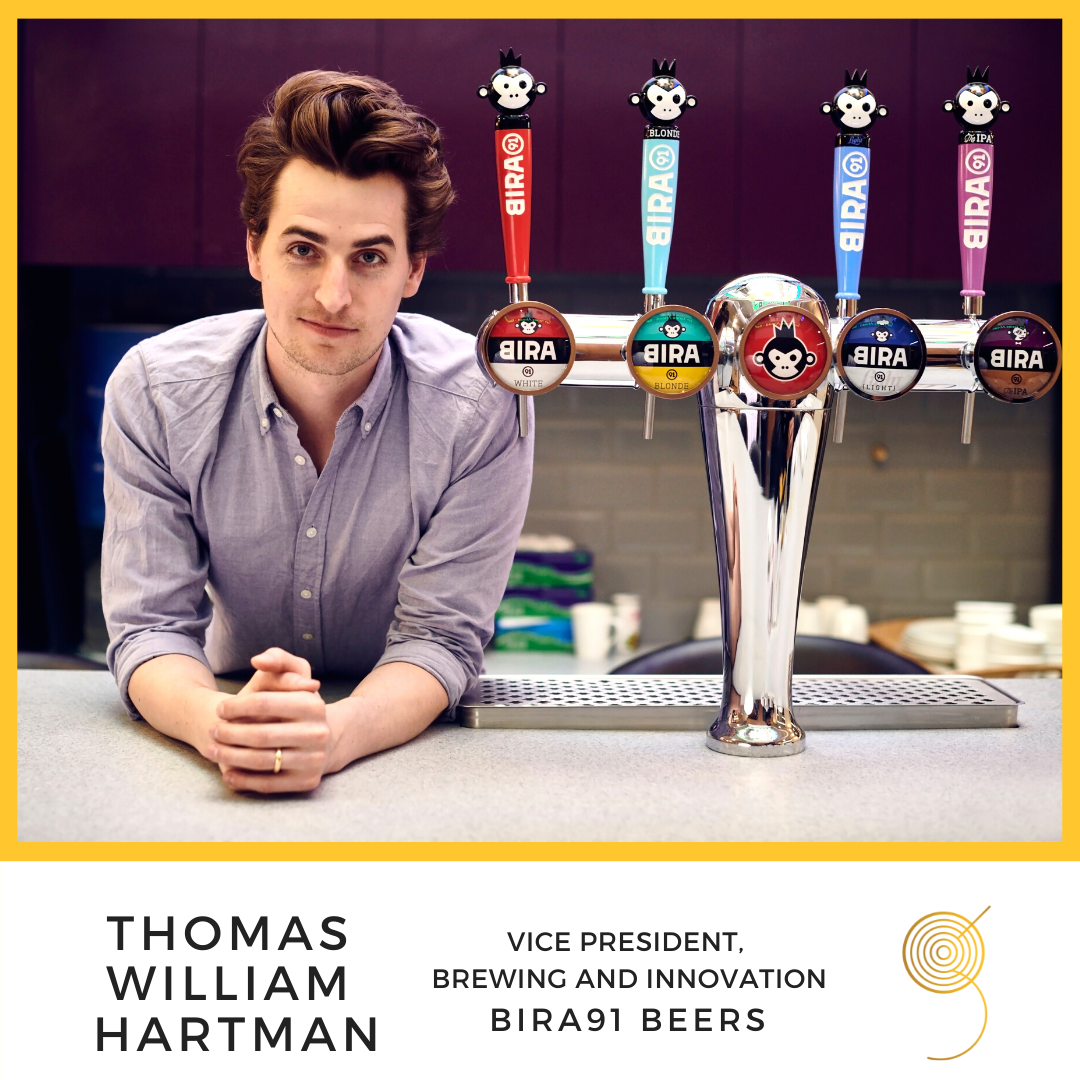There’s something civilised about drinking a cocktail. And during the lockdown, we needed it more than ever to distract us from the boredom. Another drink that kept us sane and cheery was coffee. I can’t imagine starting my day without a crisp cup of medium roast, pour-over, that’s preferably from an Indian estate. It wasn’t surprising then that someone had the idea of combining these two lifesavers — coffee and alcohol to make one single drink. The most-consumed cocktail during the pandemic was the Espresso Martini!
Over the last decade, the surging popularity of coffee and cocktails have resulted in innovations among vendors and helped us better our appreciation and understanding of these products. Words like craft roasters, single-lot coffees, grinds, roasts, brewing techniques, nitros, AeroPress and pour-overs, have become a part of our vocabulary and changed the way we consume our favourite beverage. A similar change has been underway in the alcohol and cocktail space as well. Mixers, syrups, tonics, craft beer are now part of everyday conversations.
The coming together of the two fast-growing craft segments have resulted in a new breed of drinks like the Espresso Martini. And it is just the beginning of what is promising to be an excellent future for coffee-accented tipples.
Nitin Vishwas of Moonshine Meadery breaks this phenomenon down. He says the specialty coffee brands have done a ton to educate the consumer. “They’ve been pushing the envelope and making big waves. So have been the craft alcobev producers. It’s only natural for them to come together,” he explains.
Aman Thadani of Fullerton Distilleries declares that doing something with coffee was always a part of his plan. He sees an overlap in consumers of the two beverages. “Mixing coffee and craft alcobevs isn’t new, and with the craft spirit movement in India growing in confidence, it is only natural for them to try new things,” he says.
Here we look at a few exciting new products in the market that do a good job of combining coffee with alcohol.
Malabar Stout
Bira 91 and Blue Tokai joined hands to put an Indian coffee-accented brew on the world map. The limited-release Malabar Stout is a celebration of the coming together of the Indian craft beer movement and the beautiful coffees of South India. The rich, malty stout with a chocolate flavor that India loves gets a power-packed, aromatic, cold brew boost from select south Indian coffee estates. Bira 91 founder Ankur Jain kept coffee at the centre of the recipe while crafting a beer that accentuates its nuances. The result is an outstanding brew that is robust and impressive. It has a creamy feel and a chewy, malty character. The acidity in the cold brew cleans the palate and makes you return for the next sip. (Mumbai: Rs 170, Bengaluru: Rs 130, Noida: Rs 120)
Coffee Mead and The Collab Project X Subko Specialty Coffee
Mead is not beer. It is largely unknown in India though we created and gifted it to the world; think of soma from the Vedas! Pune-based Moonshine Meadery is the pioneer of modern-day mead in India and probably Asia. Besides their traditional mead, which is a fermented honey drink, they have crafted a coffee mead – a combination of the founders’ two first loves. While Nitin Vishwas is a coffee fanatic, Rohan Rehani is not just an enthusiast but he’s also part of the jury at the Indian Aeropress Championship.
During their home-brewing days, Nitin threw a handful of coffee beans in his traditional mead, and the result was an instant wow! Their friends loved it, and the founders knew they were on to something. The soft, mild taste showed what a good coffee and a well-made mead could do together. Meads are gluten-free, vegan, with honey at its base, and environment friendly — easily amongst the most sustainable drinks. Pair it with coffee, and you have a morally conscious morning in a glass!
Later, when Rahul Reddy of Mumbai-based Subko Specialised Coffee Roasters reached out to them to get one a project together, it led to a ‘collab series’, the results of which are now sold under the brand name ‘The Collab Project X Subko Specialty Coffee’. It was done in a true spirit of cooperation. Rohan’s company aged the raw green coffee beans in a traditional mead and sent it back to Subko. It was dried and roasted there (they even turned part of it into a coffee, which was on the Subko menu for a few days. I was lucky to be in Mumbai at that time and I loved it). The coffee beans were coarse-ground by Subko and returned to Moonshine to be turned into a specialty mead! The result? A concoction with a boastful coffee character and nuanced notes, one that needs time to open up and patience to appreciate. If it were a wine, I would’ve decanted and let it breathe before sipping — not straight from the bottle, but in a wine glass, at room temperature, like how a fine tipple deserves to be had. The current lot is a limited edition of 1000 bottles. But I am told new coffee meads are on their way. (Coffee Mead, Mumbai: Rs 185, Goa: Rs 140; The Collab Project X Subko Specialty Coffee, Mumbai: Rs 240)
Greater Than Coffee Negroni/Gin
No craft spirit wave has been as impressive as the gin revolution in India. Greater Than, from Goa-based Nao Spirits, was among the earliest to innovate in the game with their limited-release Juniper Bomb. Launched in 2017, Greater Than was India’s first craft London Dry Gin, and there is always an expectation from the founders of the company to up their game. With the pandemic pushing everyone indoors, it allowed them to go loco with experiments.
Co-founder Anand Virmani remembers his distillers bringing him a carton of experimental distils, of which coffee-infused ones instantly stood out. Having experimented with pink gins, juniper styles, citruses, and spices, coffee was a no-brainer for Virmani. At their `bar-takeovers’ across the country, during the early marketing days of Greater Than, he had served a signature cocktail of gin, tonic water, and a cold-brew float called ‘No Sleep G&T’. To create a Coffee Negroni, they reached out to coffee maker Sleepy Owl to source medium roast beans from Chikamagalur. The beans were steeped in water for about two days to create a sturdy cold brew, and then, instead of cutting the distillates with demineralised water as is the norm, it was cut with this strong cold brew. The result is a gin mix with no added sugars, colours, or flavours, except for the crisp and bold coffee expression and fruitiness. It can be drunk with a splash of tonic, an espresso martini, or as a cool coffee Negroni. (Goa: Rs 1,000, Bengaluru Rs 2,400, Mumbai Rs 1,850)
Segredo Aldeia Cafe Rum
Gin may have got all the attention these days, but there is as much action on the rum front too. And among the more popular recent launches has been Segredo Aldeia cafe and white rums from Aman Thadani’s Goa-based Fullarton Distilleries, which also makes the Pumori gin. Aman is also a coffee enthusiast, so it was only a matter of time before he began experimenting with a coffee-rum combination.
Single-origin coffee beans were sourced from South India, dark roasted, and later infused and sweetened with cane sugar. This jaggery spirit was aged in ex-Bourbon casks and mixed with unaged cane spirit made in a rustic Rhum Agricole style. The process gives the resulting alcohol a ton of complexity, making it a fun yet serious spirit. Infusing whole beans provides a mix of coffee, cocoa, and rustic savoury characters. The sweetness makes it easy on the palate. Keep it in the freezer and pour a dram for yourself from time to time. A splash of water unfolds the spirit, opening it to full bloom. Cafe Rum is like a breath of fresh air on the Indian alcohol shelves, boasting of a new age craft distillers’ sense of confidence and the gentle push to the consumers to try something out of the box. (Goa: Rs 1,650)
All things said, there is no saying how long this coffee-infused alcohol trend will last. According to Vishwas, overcomplicating the drink might cause the consumers to shy away from trying them. The aim should be to bring the nuances of the two craft beverages together in a way that is simple and easy to decipher.
First Published in Mans World India ,2022






